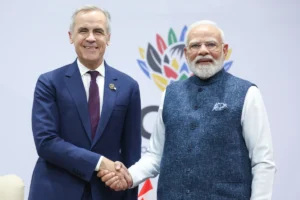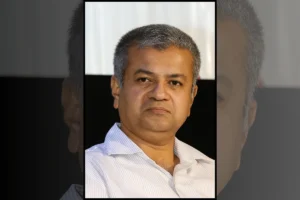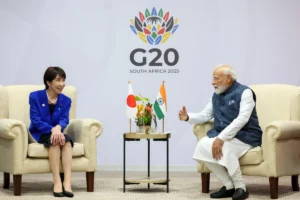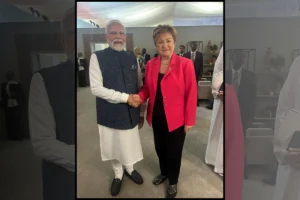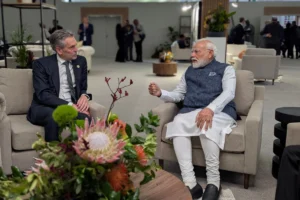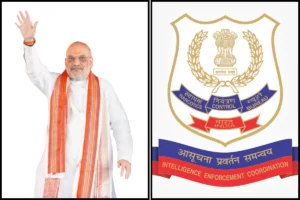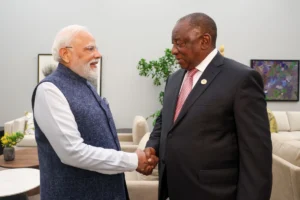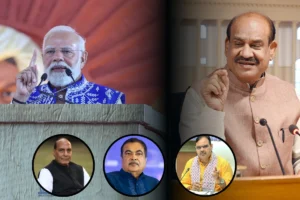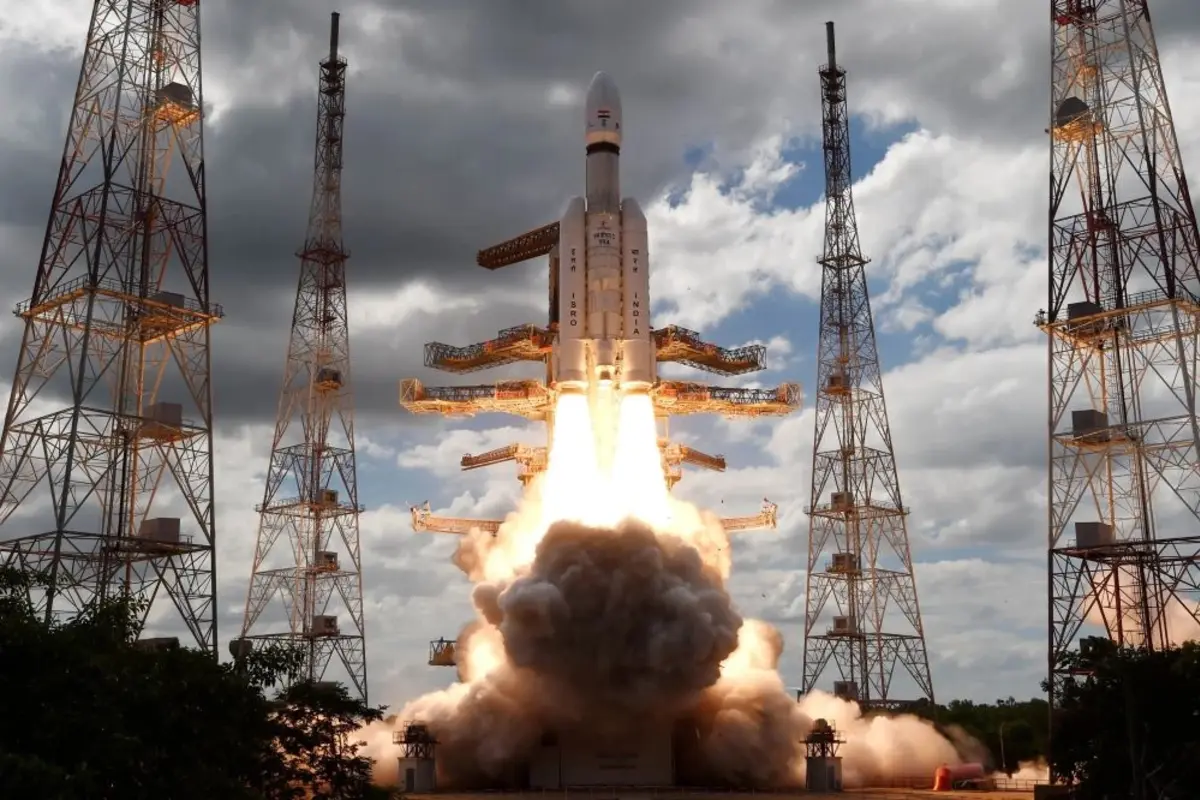
The Chandrayaan-3 spacecraft is prepared for its planned lunar landing on August 23 after being launched on July 14 from the Satish Dhawan Space Centre in Andhra Pradesh using the GSLV Mark 3 (LVM 3) heavy-lift launch vehicle.
Critical steps to accomplish a soft landing
With the Chandrayaan-3 mission, the Indian Space Research Organisation (ISRO) is making a critical step towards achieving a successful soft landing on the moon’s surface. India is now on track to join the United States, Russia, and China as the fourth country in the world to reach this incredible milestone.
India’s third lunar mission, Chandrayaan-3, is also the country’s second attempt at a delicate lunar landing. This new mission is the follow-up to the unsuccessful Chandrayaan-2 mission in 2019. The main goal of the mission is to demonstrate India’s entire capability to carry out a safe landing and travel around the lunar surface.
The Chandrayaan-3 spacecraft, which was successfully launched on July 14 by the GSLV Mark 3 (LVM 3) heavy-lift launch vehicle from the Satish Dhawan Space Centre in Andhra Pradesh’s Sriharikota, is scheduled to land on the moon’s surface on August 23.
Orbital adjustments
The spacecraft is currently undergoing a series of orbital adjustments after traveling around two-thirds of the distance to the Moon.
A variety of mechanical and electronic components on Chandrayaan-3 have been painstakingly built to enable a safe and gentle touchdown on the lunar surface. These include propulsion systems, guidance and control systems, navigation sensors, and other essential subsystems.
Also read: ISRO To Execute Significant Operation For Chandrayaan 3; Know The Details
The spacecraft also features rover deployment capabilities, two-way communication antennas, and several other onboard technical components.
Three main objectives are the primary emphasis of Chandrayaan-3: a safe and delicate moon landing, enabling the rover to navigate the lunar surface, and performing in-situ scientific research.
Without accounting for launch vehicle costs, the authorised budget for Chandrayaan-3 is $250 crores.
In order to launch in 2021, Chandrayaan-3’s development stage started in January 2020. The Covid-19 pandemic, however, caused an unanticipated disturbance that prevented the mission’s advancement.
The Chandrayaan-2 mission encountered difficulties during its soft landing on the lunar surface in 2019 and was ultimately determined to have failed its primary mission objectives. Chandrayaan-3 is the ISRO’s follow-up attempt.
The first-ever worldwide map of lunar sodium, an improved understanding of crater size distribution, the unmistakable detection of lunar surface water ice with the IIRS instrument, and more are among the major scientific achievements of Chandrayaan-2. There have been over 50 publications that mention the mission.
According to the Indian Space Research Organisation (ISRO), the satellite completed more than 3400 orbits of the moon during the Chandrayaan-1 mission, and the mission was declared a success when contact with the spacecraft was lost on August 29, 2009.
Also read: Chandrayaan-3 Orbit Circularisation Phase Commences, India Getting Closer To The Moon
Systems functioning perfectly
Last week, S. Somanath, the chairman of the Indian Space Research Organisation (ISRO), expressed confidence in the development of the next Chandrayaan 3 lunar mission, assuring that all systems are functioning as intended.
“Everything is going great right now,” said Chairman S Somanath. Up to the 23rd of August, it will make a number of moves before touching down (on the Moon). The satellite is in good shape.
A successful lunar mission by India will improve life on Earth and allow it to explore the rest of the solar system and beyond. The moon is a repository for the Earth’s past. The achievement of mission Chandrayan-3 will encourage confidence in projects like Gaganyan, India’s first human space mission, according to K Sivan, a former director of ISRO.
Turning point for India
Before the satellite was lifted, former ISRO scientist Nambi Narayanan, who has played a key role in the development of the nation’s space industry, predicted that the Chandrayaan-3 mission would be a success and a turning point for India.
“Chandrayaan-3 will undoubtedly change the game for India, and I sincerely hope it will be a success.” India will inspire people all across the world. Let’s hope for the best as we wait for the launch, Nambi Narayanan said. The scientist Narayanan headed a team that created the “Vikas Engine,” which is the foundation of all Indian rockets and helped the nation transition to the PSLV rocket age.
“I’m assuming and hoping that the mission will be a success. Because we fixed the entire issue with Chandrayaan-2, regardless of the issue. We have learned from our blunders (on our part),” said Narayanan, who received the third-highest civilian award in India.
To read more such news, download Bharat Express news apps







